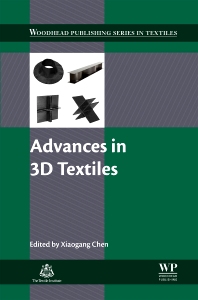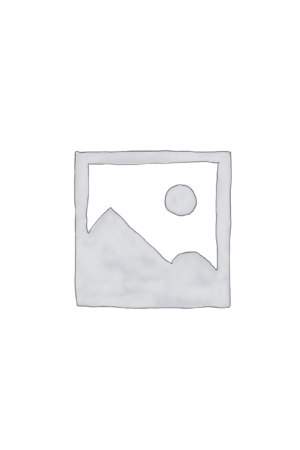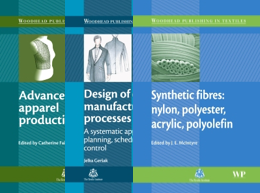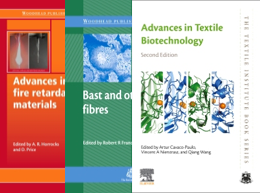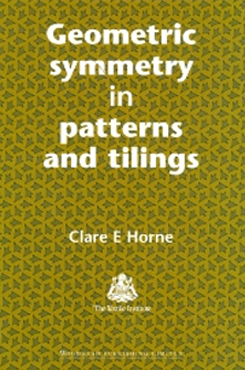Description
Advances in 3D Textiles presents the most recent advances in the production of three-dimensional fibrous structures and how their use has resulted in the creation of novel fabrics and applications. The text covers a wide range of fabric types, including their structures, properties, and uses in the textiles industry. Beginning with the various types of woven three-dimensional fabrics, the text then examines 3-D knitted, braided, and non-woven textiles, and the main applications and uses of three-dimensional textiles.
- Presents the most recent advances in the production of three-dimensional fibrous structures and how their use has resulted in the creation of novel fabrics and applications
- Examines many types of 3-D textiles, including knitted, braided, and non-woven textiles, and the main uses of three-dimensional textiles
- Covers their structures, properties, and uses within the textiles industry
Table of Contents
-
- List of Contributors
- Woodhead Publishing Series in Textiles
- 1: Introduction
- Abstract
- 1.1 Introduction
- 1.2 Range of 3D textiles
- 1.3 Uses of 3D textiles
- 1.4 Conclusion
- Part One: 3D Woven Textiles
- 2: Solid three-dimensional woven textiles
- Abstract
- Acknowledgment
- 2.1 Introduction
- 2.2 Terminology and fabric categorization
- 2.3 3D multilayer interlock weaves
- 2.4 3D noncrimp orthogonal weaves
- 2.5 3D dual interlaced weaves
- 2.6 Machine automation and computer-aided fabric design
- 2.7 Mechanical properties of 3D woven composites
- 2.8 Manufacturing and applications
- 2.9 Outlook of future needs
- 3: Hollow three-dimensional woven fabrics
- Abstract
- 3.1 Introduction: Overview and potential applications
- 3.2 Principles of hollow woven fabrics
- 3.3 Properties and performance of structures based on hollow woven fabrics
- 3.4 Structural and mechanical modelling of hollow woven fabrics
- 3.5 Possible applications of hollow fabrics and future trends
- 3.6 Sources of further information and advice
- 4: Shell three-dimensional woven textiles
- Abstract
- 4.1 Introduction
- 4.2 Reasons for the development of weaving processes for three-dimensional shells
- 4.3 History and classification of shell three-dimensional woven textiles
- 4.4 Flat woven and unfolded double-layer fabrics
- 4.5 Shell creation by alternating thread spacings
- 4.6 Weave design and patterns of 3D woven shells
- 4.7 CAD and simulation of three-dimensional woven shells
- 4.8 Conclusion
- 5: Nodal three-dimensional woven textiles
- Abstract
- 5.1 Introduction
- 5.2 Nodal 3D structures
- 5.3 Nodal 3D design and production parameters
- 5.4 Applications
- 5.5 Future trends
- 5.6 Conclusion
- 2: Solid three-dimensional woven textiles
- Part Two: 3D Knitted, Braided and Nonwoven Textiles
- 6: Three-dimensional knitted textiles
- Abstract
- 6.1 Introduction
- 6.2 3D knitting technologies
- 6.3 3D knitted structures
- 6.4 Properties and applications
- 6.5 Future trends
- 7: Recent advances in 3D braiding technology
- Abstract
- 7.1 Introduction and objectives
- 7.2 State-of-the-art
- 7.3 Ideal tubular, bifurcated structure
- 7.4 Novel track-and-column braiding processes
- 7.5 Conclusion
- 8: Developments in 3D nonwovens
- Abstract
- 8.1 Introduction
- 8.2 High-bulk flat nonwovens
- 8.3 Shaped 3D nonwovens
- 8.4 Future development
- 6: Three-dimensional knitted textiles
- Part Three: 3D Textiles for Industrial Applications
- 9: 3D woven preforms for E-textiles and composites reinforcements
- Abstract
- Acknowledgments
- 9.1 Introduction
- 9.2 E-textiles
- 9.3 3D fabrics and preforms for composite reinforcements
- 9.4 Applications of E-textiles and 3D woven composites
- 9.5 3D weaves
- 9.6 Manufacturing technologies
- 9.7 Future trends and applications
- 10: Three-dimensional textiles in the automotive industry
- Abstract
- Acknowledgements
- 10.1 Introduction
- 10.2 Textile composite solutions used in the automotive industry
- 10.3 Manufacturing techniques for forming 3D fabrics
- 10.4 Forming simulation of 3D fabrics
- 10.5 Applications (oil pan for automotive use)
- 10.6 Discussion
- 10.7 Future trends
- 11: Three-dimensional textiles in the aerospace industry
- Abstract
- 11.1 Historical overview of aerospace fabric
- 11.2 The introduction of composite textiles
- 11.3 The introduction of carbon fiber
- 11.4 Manufacturing
- 11.5 Quality
- 11.6 Applications
- 11.7 Design considerations
- 11.8 Conclusion
- 12: Three-dimensional fabrics as medical textiles
- Abstract
- Acknowledgements
- 12.1 Introduction
- 12.2 Medical textiles
- 12.3 Textile techniques, manufacturing technologies and materials contributing to 3D medical textiles
- 12.4 Main applications of 3D textile in medicine
- 12.5 Future trends
- 12.6 Conclusion
- 12.7 Further sources
- 13: Three-dimensional textiles for protective clothing
- Abstract
- 13.1 Introduction
- 13.2 Types of 3D weaves and manufacture techniques
- 13.3 3D textiles used for protective clothing
- 13.4 Conclusions and future trends
- 14: Three-dimensional textiles for sports and recreational clothing
- Abstract
- 14.1 Introduction
- 14.2 Production and processing of 3D textiles
- 14.3 Features and requirements for sports and recreational clothing
- 14.4 Applications in sports and leisure clothing
- 9: 3D woven preforms for E-textiles and composites reinforcements
- Index
